Last-Minute NYC Holiday Gift Guide 🎁
We’ve created a holiday gift guide with presents for the intrepid New Yorker that should arrive just in time—


This is the 96th Street substation. It was built in 1904 as part of New York’s first subway, the IRT Broadway line, which ran from 145th Street in Harlem down to City Hall. The building’s official name is IRT Electrical Substation No. 14, and it is located between Broadway and West End avenue. The 96th Street substation was one of eight originals that powered this section of the subway for over 90 years until they were phased out in the late 1990s.
Having survived just over 118 years, the building will soon be demolished to make way for a 23-story mixed affordable and market-rate residential tower. The developer, Fetner Properties, is partnering with Settlement Housing Fund, a non-profit housing developer with properties in the Bronx and Brooklyn. As of a 2019 report, 68 units out of the building’s 171, or about 40%, will be set aside as permanently affordable mini-studio apartments for seniors. The affordability rates start at 50% of AMI (Area Median Income) and increase to 70% and 130%. These percentages equate to a yearly income of $47,750, $66,850, and $124,150 for a family of two.
The 96th Street substation is one of the oldest in the city. In fact, while the substation powered the subway with electricity, it got its power from the massive coal-burning IRT powerhouse. Located on 59th Street between 11th and 12th Avenues, the IRT powerhouse, which also began operation in 1904, was designed by the legendary architecture firm McKim Mead & White, which designed other famous New York landmarks like the original Penn Station and the Hotel Pennsylvania.
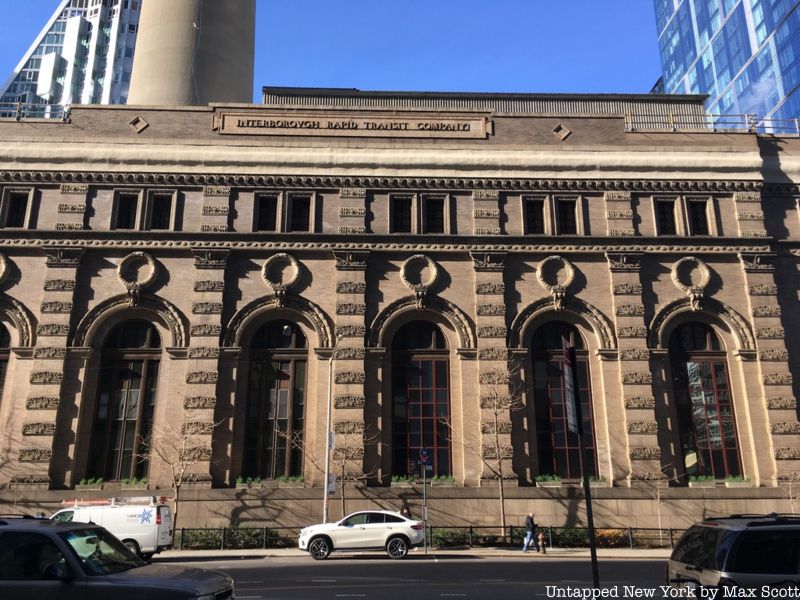
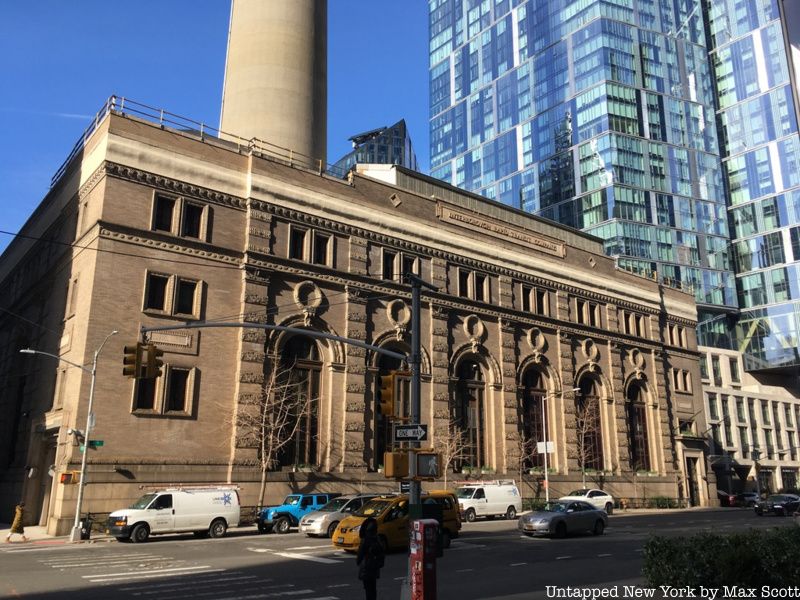
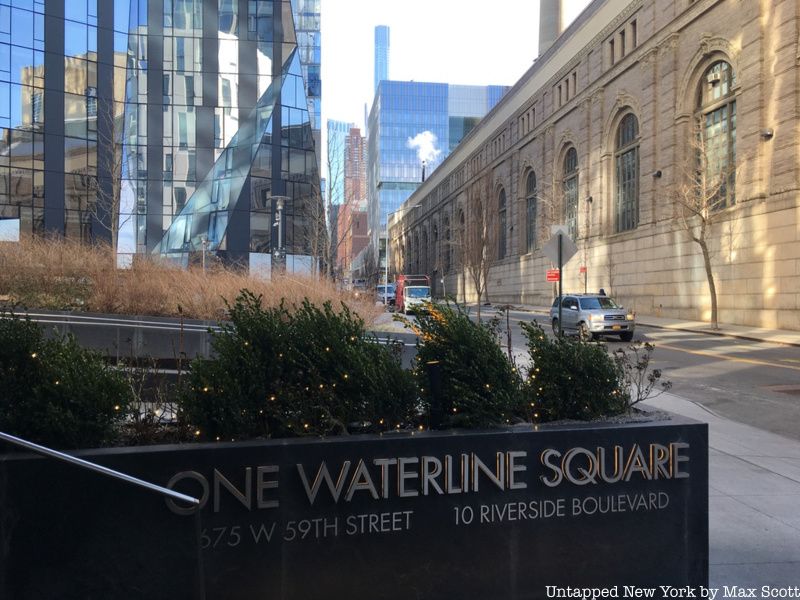
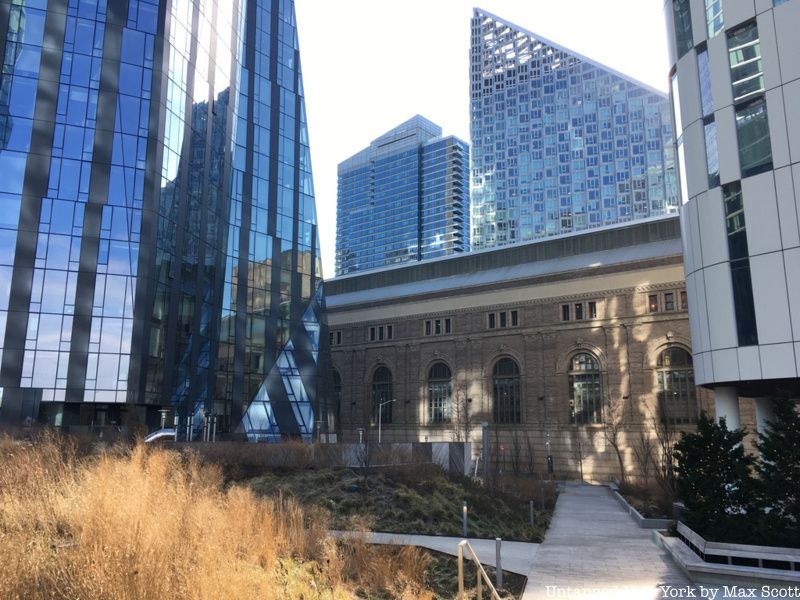
The IRT powerhouse is a monumental building that sits at the very western edge of Midtown. It was intentionally built so close to the Hudson River because the building had to receive coal shipments by boat.
One might think that the facades of both the IRT powerhouse and the 96th Street substation are too ornamental to house such gritty industrial processes. However, the architecture of both buildings dates back to the City Beautiful movement, a political and aesthetic trend to build functional buildings with high-quality ornate facades in order to inspire civic pride. Due in part to the grandeur of its architecture, the IRT powerhouse has survived decades of use and reuse, and it even gained landmark status in 2017.
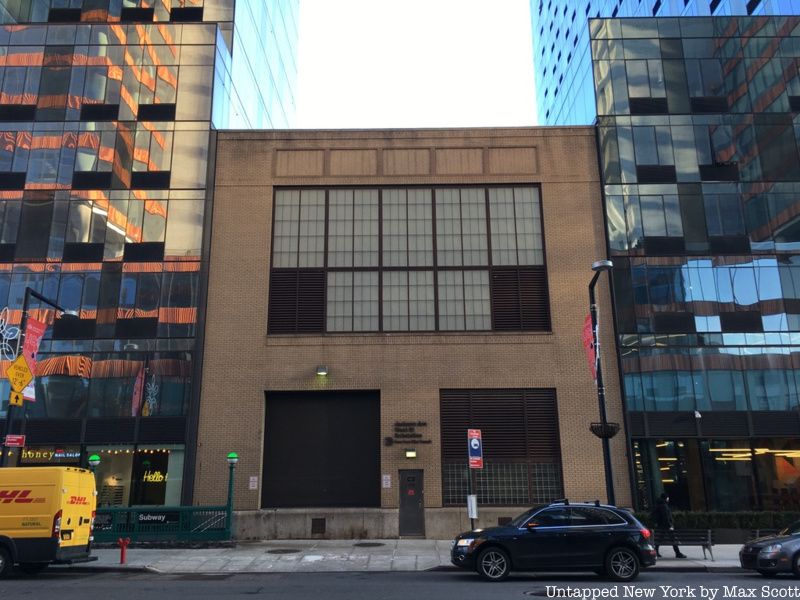
One neighborhood group, Landmark West!, has called for the preservation of the 96th Street substation. They argue that the building’s carved limestone facade and impressive cultural and transit history make it worth saving. To their credit, there are actually numerous examples of old subway infrastructure being incorporated into new developments. For example, the IRT powerhouse’s turn-of-the-20th-century architecture juxtaposes nicely with the sleek glass exteriors of the new Waterline Square development across the street. And in Long Island City, Queens, the blue glass towers of Jackson Park sprung up around an old transit substation without demolishing the building.
Perhaps a similar fate can befall the 96th Street substation before it’s too late?
Next, check out the Con Edison Substation in Mott Haven that looks like perfect townhouses!
Subscribe to our newsletter